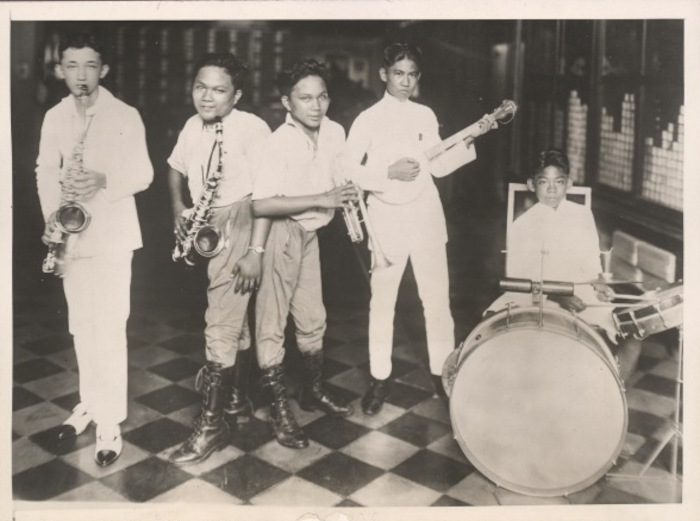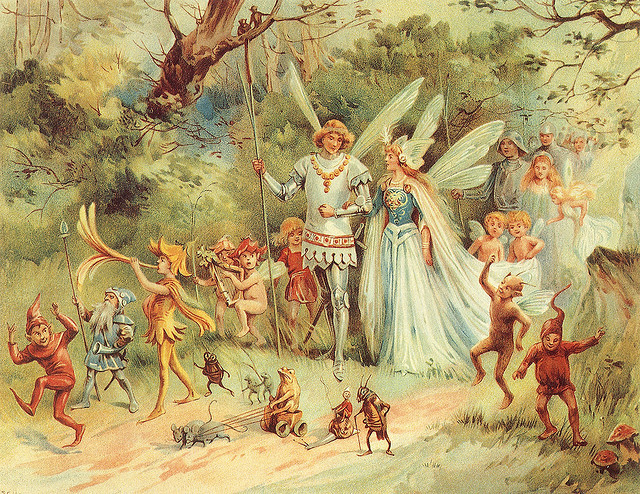
A few details from Christine Quigley’s Conjoined Twins (2003):
- Filipino twins Simplicio and Lucio Godino, above, had separate cars, each with the steering column on the appropriate side, “but Lucio had the better arrangement, since in the Philippines the cars passed each other on the left as in England.”
- When Mary and Margaret Gibb boarded the ocean liner Majestic in 1930, they attempted to use a single passenger ticket. The White Star Line denied their request, basing its decision on the number of meals they’d consume.
- “In a case in Paris in the seventeenth century of a conjoined twin stabbing a man to death, the sentence of death was commuted rather than executing the innocent twin.”
- Ronnie and Donnie Galyon had two Social Security numbers and two voter registration cards but one passport.
- Yvonne and Yvette McCarther didn’t share a wristwatch, lighter, or purse, “but their purses contained matching sets of everything from vitamin jars to wallets containing the same family photos.” “I speak for myself, and she speaks for herself,” said Yvonne.
- Abigail and Brittany Hensel received two birth certificates, but both read “first” as to order of birth. If either misbehaved, both were sent to their room.
- Separated from her conjoined sister Maria in 1965, six-year-old Giuseppina Foglia asked, “Am I really myself?” She told her sister, “You’re so far away!”
Psychologist Nancy Segal writes that “[W]hile most identical twins get along well, many conjoined twins are are masters at negotiation, cooperation and compromise.” By contrast, when unjoined sisters Patricia and Madeleine Infante connected themselves with a wire and entered show business as “Violet and Daisy Milton,” they ended up quarreling with their manager and destroying a sign billing them as “the only original American Siamese twins.” They were charged with vandalism, ending their career.





